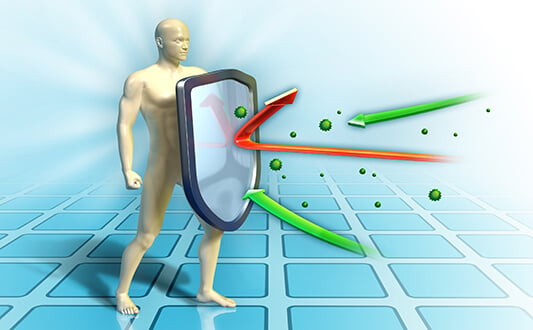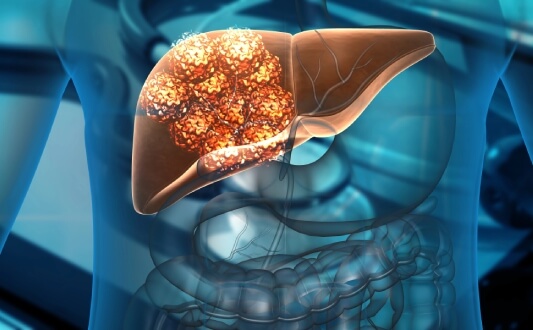Medical Blog About Treatment Abroad
Welcome to our medical blog – it is dedicated to empowering patients with knowledge about global healthcare! We created this platform with the intention to bridge the gap between patients and the medical innovations available globally.
What's Inside: Discover new and rare methods in oncology, immunology, heart surgery, neurosurgery, and other medical fields! Our health travel insights show how medical journeys open new possibilities with advanced treatments unavailable locally, including specialized cancer care abroad.
Who Benefits: This resource is for patients and their families who seek new treatment methods and explore options at leading international hospitals. Those who want to make informed healthcare decisions beyond borders.
Why Read: Booking Health experts provide verified information through patient-friendly articles – they translate complex medical advances into accessible info. Stay current with the latest developments in global healthcare and discover how international medicine can transform treatment outcomes!
Browse our latest articles and take the first step toward better health outcomes!
New in medicine abroad
 New Effective Treatments for Stage 4 Cancer: Innovations in Oncology
New Effective Treatments for Stage 4 Cancer: Innovations in Oncology
According to official statistics from the WHO in 2022, oncological diseases are now the cause of one in every six deaths worldwide. This has encouraged the international medical community to develop new advanced cancer treatment methods and increase the effectiveness of the already existing ones. This is particularly important for...
 Stem cell treatment for Lyme Disease
Stem cell treatment for Lyme Disease
Сaused by the bacterium Borrelia burgdorferi, Lyme disease is a tick-borne infection. It's on the rise worldwide – nearly 476,000 Americans are diagnosed each year, though officially reported cases number only around 30,000. Without antibiotic treatment, the infection progresses through three stages and can affect skin, joints...
 PIPAC treatment for peritoneal cancer
PIPAC treatment for peritoneal cancer
Pressurized intraperitoneal aerosol chemotherapy (PIPAC) is a new treatment option for peritoneal carcinomatosis. The technique was developed in 2011 by scientists from the University Hospital of Louisiana, USA. The authors suggested PIPAC as an alternative to HIPEC (hyperthermic intraperitoneal chemotherapy) in patients with peritoneal...
 Immunotherapy treatment for lymphoma in Germany
Immunotherapy treatment for lymphoma in Germany
Immunotherapy is one of the most effective treatment options for lymphoma. It is used in combination with chemotherapy and has also become a life-saving treatment for many patients whose tumor has recurred and chemotherapy is no longer working. Some types of immunotherapy are so effective that they can even cure aggressive end-stage lymphomas.
 Dendritic Cell Treatment for Autoimmune Diseases
Dendritic Cell Treatment for Autoimmune Diseases
Autoimmune diseases are a group of chronic disorders in which the immune system mistakenly attacks the body's own healthy cells and tissues. This immune misfiring leads to persistent inflammation, organ damage, and systemic complications. There are over 80 recognized autoimmune diseases, including rheumatoid arthritis, multiple...
 Immunotherapy treatment for leukemia in Germany
Immunotherapy treatment for leukemia in Germany
In recent years, doctors in developed countries have increasingly used immunotherapy treatment for leukemia. Healthcare professionals in Germany use innovative drugs that help cope with even refractory and relapsing forms of leukemia. Immunotherapy is mainly used for acute lymphocytic leukemia.
 Innovative solutions for the treatment of liver cancer and liver metastases
Innovative solutions for the treatment of liver cancer and liver metastases
The treatment of liver cancer and liver cancer metastases is one of the most complex and challenging tasks, with this oncology type representing the 6th most common cancer worldwide with 866,136 new cases diagnosed in 2022. The diversity of primary cancers poses significant difficulties for both doctors and patients. Even more critical is liver...
 Immunotherapy treatment for kidney cancer in Germany
Immunotherapy treatment for kidney cancer in Germany
Immunotherapy is the most rapidly developing area of oncology. It is used for most types of cancer. Moreover, some tumors are much more sensitive to immunotherapy than others, and kidney cancer also belongs to this group of tumors. Immunotherapy is very successful for this disease and can be used at almost all stages in order to lower the risk of relapse after surgery and control metastatic tumors.

